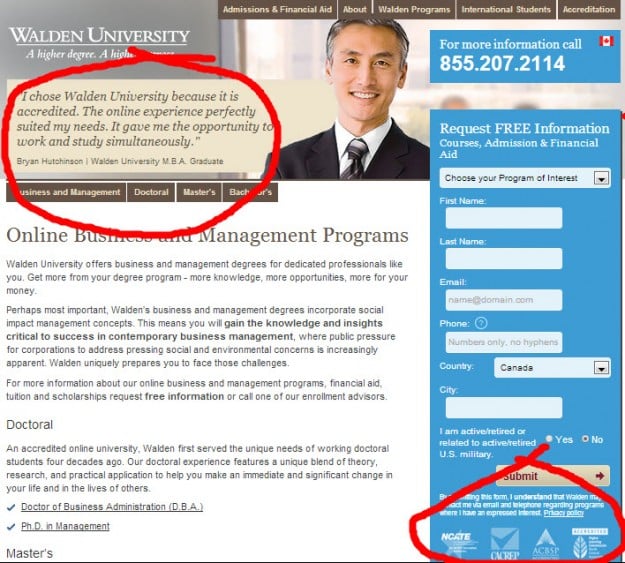Everybody’s doing it: social proof and recruitment marketing
tells the story of a peer-reviewed study that measured the impact of different messages designed to convince residents of one Californian town to, of all things, switch to using fans instead of air conditioning to beat the heat. “Some residents learned they could save $54 a month on their utility bill. Others, that they could prevent the release of 262 pounds of greenhouse gases per month. A third group was told it was the socially responsible thing to do. And a fourth group was informed that 77% of their neighbours already used fans instead of air conditioning, a decision described as ‘your community's popular choice!’” The result? Homes that had received the “everybody’s doing it” message reduced their energy consumption by 10%. None of the other test messages – promising savings or environmental benefits or invoking social responsibility – even came close. "People don't recognise how powerful the pull of the crowd is on them," said Robert Cialdini, a psychologist at Arizona State University and co-author of the study. "It's a fundamental cue as to what we should be doing." This is only one such study among others that point to the same clear conclusion. The fundamental cue that Dr Cialdini describes is often referred to as social proof. It is the influence that occurs when we find out that others are doing something, or, as Wikipedia, puts it, social proof is “a psychological phenomenon where people assume the actions of others in an attempt to reflect correct behaviour for a given situation. This effect is driven by the assumption that surrounding people possess more knowledge about the situation.” Studies also show that a majority of us look at product reviews before making a purchase, and that we are more likely to buy from websites that incorporate product ratings and reviews. In the age of the empowered Internet consumer, these considerations loom ever larger and reviews and ratings play an increasing role in driving consumer behaviour – particularly in areas where the purchase decision requires a high investment of time and money, such as travel or study abroad, or where there is an overabundance of relatively undifferentiated products, such as mobile apps, music, or books.
Incorporating first-person testimony
Student or alumni testimonials are a key type of social proof in recruitment marketing. However, as we reported in an earlier post, many institutions make only limited use of testimonials in their web content. And institutions and schools would no doubt find that this is an area where they could go further: to include testimonials more extensively in key landing and conversion pages, for example, or to incorporate photos or videos.
Consider the following conversion page from the analytics firm KISSmetrics. This is a strikingly clear illustration as to what a powerful lever testimonials can be when placed alongside an invitation to sign up, inquire, apply, or buy.

Beyond testimonials
Higher Education Marketing points out that social proof comes in other forms as well.
Social sharing indicators that illustrate how often a page or item has been liked or passed along via social networks are one such example. You can see examples of such indicators highlighted in the screen capture from The Guardian newspaper below.



Two closing thoughts
In an insightful post on the KISSmetrics blog, Gregory Ciotti provides two additional best practices to apply when incorporating social proof points in your recruitment messaging. First, focus on your prospect personas and feature social proof elements that reflect those key prospect attributes. “Studies have found that when it comes to valuing the opinions of others, our brains place more weight on those people we deem to be the most like us,” says Mr Ciotti. “When utilising techniques like testimonials and case studies, be sure to avoid generic ‘Great service!’ quotes like the plague. Nail down your buyer personas to the most particular detail and capture a moment where a customer describes a very specific (and very real) pain that they solved with your product/service.” For more on personas, please see our recent post “The art of listening: Better results start with understanding your customer.” Finally, remember the power of stories. “You likely guessed that interesting anecdotes (or ‘customer stories’) are a great way to sell a product,” adds says Mr Ciotti. “But it’s likely that you are vastly underestimating their effectiveness… Stories are persuasive and more trustworthy than statistics because individual examples lodge in our minds, but statistics and averages do not.” For additional background on the powerful applications of storytelling in international recruitment, please see our earlier post “Can you tell a good story?” Stories, personas, external indicators, social signals, and testimonials - these are the building blocks of establishing and reinforcing social proof, and of a promising and high impact messaging strategy for international recruiters. They form a strategic approach to messaging, and web content in particular, that appears to be widely underused in education marketing and as such, represents an important source of differentiation (not to mention improved conversions for inquiries and applications) for many institutions and schools.















